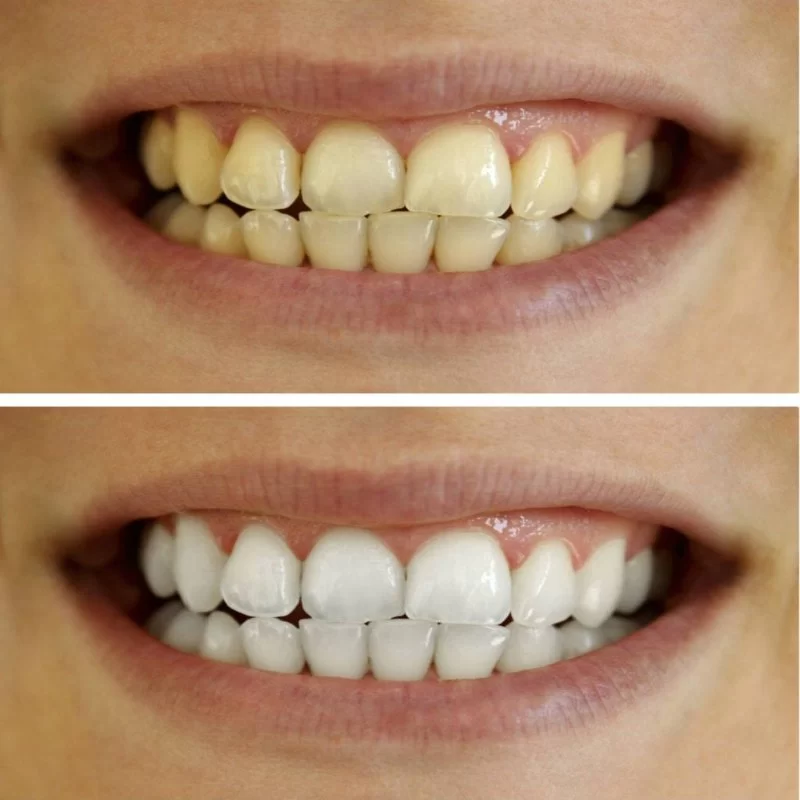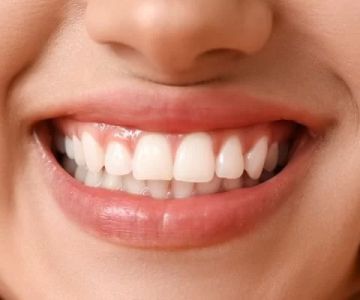
- why-natural-teeth-whitening - Why Natural Teeth Whitening Appeals to Many People
- understanding-stains-and-tooth-health - Understanding Tooth Stains and Natural Whitening Limits
- safe-natural-whitening-methods - Safe Ways to Whiten Teeth Using Natural Products
- real-experiences-with-natural-whitening - Real Experiences with Natural Teeth Whitening
- natural-products-that-really-work - Natural Whitening Products That Work Without Harming Enamel
- mistakes-to-avoid - Mistakes to Avoid When Using Natural Whitening Methods
- building-a-safe-whitening-routine - How to Build a Safe Natural Whitening Routine
1. Why Natural Teeth Whitening Appeals to Many People
1.1 A Shift Toward Clean, Simple Ingredients
Many Americans are becoming increasingly conscious of what they put in their bodies—and that extends to oral care. The idea of learning how to whiten teeth using natural products safely is attracting attention because it feels cleaner, gentler, and more affordable than professional in-office treatments.
1.2 Concerns About Chemicals and Sensitivity
Traditional whitening products often use strong bleaching agents like hydrogen peroxide, which can cause sensitivity for some people. Natural alternatives can be appealing for those who want a brighter smile but prefer a gentler approach.
1.3 The Desire for Everyday, At-Home Solutions
Household ingredients are accessible, familiar, and easy to experiment with. People love routines that fit into daily life—and natural whitening methods often do just that.
2. Understanding Tooth Stains and Natural Whitening Limits
2.1 Surface Stains vs. Deep Stains
Natural products can effectively remove surface stains caused by coffee, tea, red wine, or certain foods. However, deeper discoloration caused by medication, genetics, or weakened enamel may require professional care.
2.2 Enamel Safety Is the Priority
Even the most appealing natural solution must never compromise enamel. The enamel layer does not regenerate, so every whitening approach—especially DIY ones—must prioritize long-term tooth health.
2.3 Why Professional Oversight Helps
While experimenting with natural ingredients can be safe when done properly, checking with a dental professional ensures that your teeth and gums are healthy enough for whitening. Many people turn to Family Dentistry Online to learn which natural solutions align best with their oral health.
3. Safe Ways to Whiten Teeth Using Natural Products
3.1 Baking Soda (Used Sparingly)
Baking soda has mild abrasiveness that helps polish surface stains. The key to whitening teeth using natural products safely is moderation—using baking soda once or twice a week prevents enamel wear. Many people mix a pinch with water to create a gentle paste.
3.2 Coconut Oil Pulling
Oil pulling with coconut oil is an ancient practice believed to help lift surface particles and improve overall oral cleanliness. While it does not bleach teeth, it can gradually brighten your smile by reducing buildup.
3.3 Strawberries with a Gentle Touch
Some DIY recipes combine mashed strawberries with baking soda. Strawberries contain malic acid, which can brighten surface stains, but the mixture must be used cautiously to avoid enamel erosion.
3.4 Activated Charcoal
Activated charcoal binds to surface particles, helping lift stains. It should be used in a soft, powder form and applied gently to avoid scratching enamel.
4. Real Experiences with Natural Teeth Whitening
4.1 A Coffee Lover’s Story
One young professional who drank several cups of coffee a day tried natural whitening after noticing yellowing on her front teeth. She applied a coconut oil pulling routine every morning and used baking soda once a week. Within a month, her friends commented that her smile looked brighter.
4.2 A Sensitive-Teeth Success Case
A college student with sensitive teeth avoided commercial whitening strips due to discomfort. By using gentle charcoal powder twice a week, he achieved gradual but reliable improvement without pain.
4.3 A Family Routine That Worked
A mother of three introduced her household to brushing with toothpaste containing naturally derived ingredients paired with occasional fruit-based whitening. Everyone saw mild but noticeable improvement—with no complaints of sensitivity.
5. Natural Whitening Products That Work Without Harming Enamel
5.1 Toothpaste with Calcium-Based Minerals
Some natural toothpastes include calcium or hydroxyapatite to strengthen enamel while whitening. These options support safe brightening without chemical bleaching agents.
5.2 Charcoal-Based Toothpaste (Used Moderately)
Charcoal toothpaste can help lift stains, but the formula must be smooth, not gritty, to protect enamel.
5.3 Coconut Oil Mouth Rinses
These rinses help reduce plaque and refresh the mouth, contributing to a naturally brighter appearance.
5.4 Where to Find Trusted Products
For those looking to build a safe natural whitening routine, Family Dentistry Online offers guidance and product recommendations designed to support oral health without harsh chemicals.
6. Mistakes to Avoid When Using Natural Whitening
6.1 Avoid Overusing Acidic Ingredients
Lemon juice, apple cider vinegar, and acidic fruits can erode enamel quickly and should not be used for whitening.
6.2 Don’t Brush with Abrasive Powders Daily
Some powders are too harsh for everyday use. Enamel damage is permanent, so moderation matters.
6.3 Avoid Using Multiple Methods at Once
Combining several strong whitening methods can irritate gums and weaken enamel.
6.4 Don’t Expect Overnight Results
Natural whitening works gradually. Most improvements appear after consistent routines over a few weeks.
7. How to Build a Safe Natural Whitening Routine
7.1 Start with the Gentlest Options
Begin with coconut oil pulling or a natural toothpaste. Add baking soda or charcoal gradually based on your teeth’s sensitivity.
7.2 Monitor Your Enamel and Gum Health
If your teeth feel rough, sensitive, or unusually sore, it may be time to adjust your routine. Listening to your body is part of whitening teeth using natural products safely.
7.3 Talk to a Dental Professional
Before making natural whitening part of your long-term routine, a quick consultation helps you avoid risks. Many people seek advice through Family Dentistry Online to ensure their approach is tailored to their tooth health.
7.4 Commit to Long-Term Brightening Habits
Drinking less staining beverages, brushing twice a day, and maintaining regular cleanings all support better results. Natural whitening isn’t about shortcuts—it’s about steady, sustainable improvement.







 Manhattan Dental Arts4.0 (394 review)
Manhattan Dental Arts4.0 (394 review) The Smile Club4.0 (120 review)
The Smile Club4.0 (120 review) Calder Dental4.0 (5 review)
Calder Dental4.0 (5 review) Chaska Family Dental4.0 (266 review)
Chaska Family Dental4.0 (266 review) Clove Dental Camarillo4.0 (225 review)
Clove Dental Camarillo4.0 (225 review) Deem Thomas E DDS5.0 (4 review)
Deem Thomas E DDS5.0 (4 review) The Importance of Oral Health Education During Pregnancy for a Healthy Pregnancy
The Importance of Oral Health Education During Pregnancy for a Healthy Pregnancy Best Tips for Brushing Your Teeth Properly for Healthy Gums: Essential Techniques for Oral Health
Best Tips for Brushing Your Teeth Properly for Healthy Gums: Essential Techniques for Oral Health Why Skipping Dental Checkups Can Lead to Bigger Oral Health Problems
Why Skipping Dental Checkups Can Lead to Bigger Oral Health Problems Advantages of Porcelain Dental Restorations
Advantages of Porcelain Dental Restorations How Can Diabetes Cause Tooth and Gum Problems? Preventing and Managing Oral Health Issues
How Can Diabetes Cause Tooth and Gum Problems? Preventing and Managing Oral Health Issues Healthy Habits for Promoting Good Oral Health and Hygiene: Tips for a Healthy Smile
Healthy Habits for Promoting Good Oral Health and Hygiene: Tips for a Healthy Smile